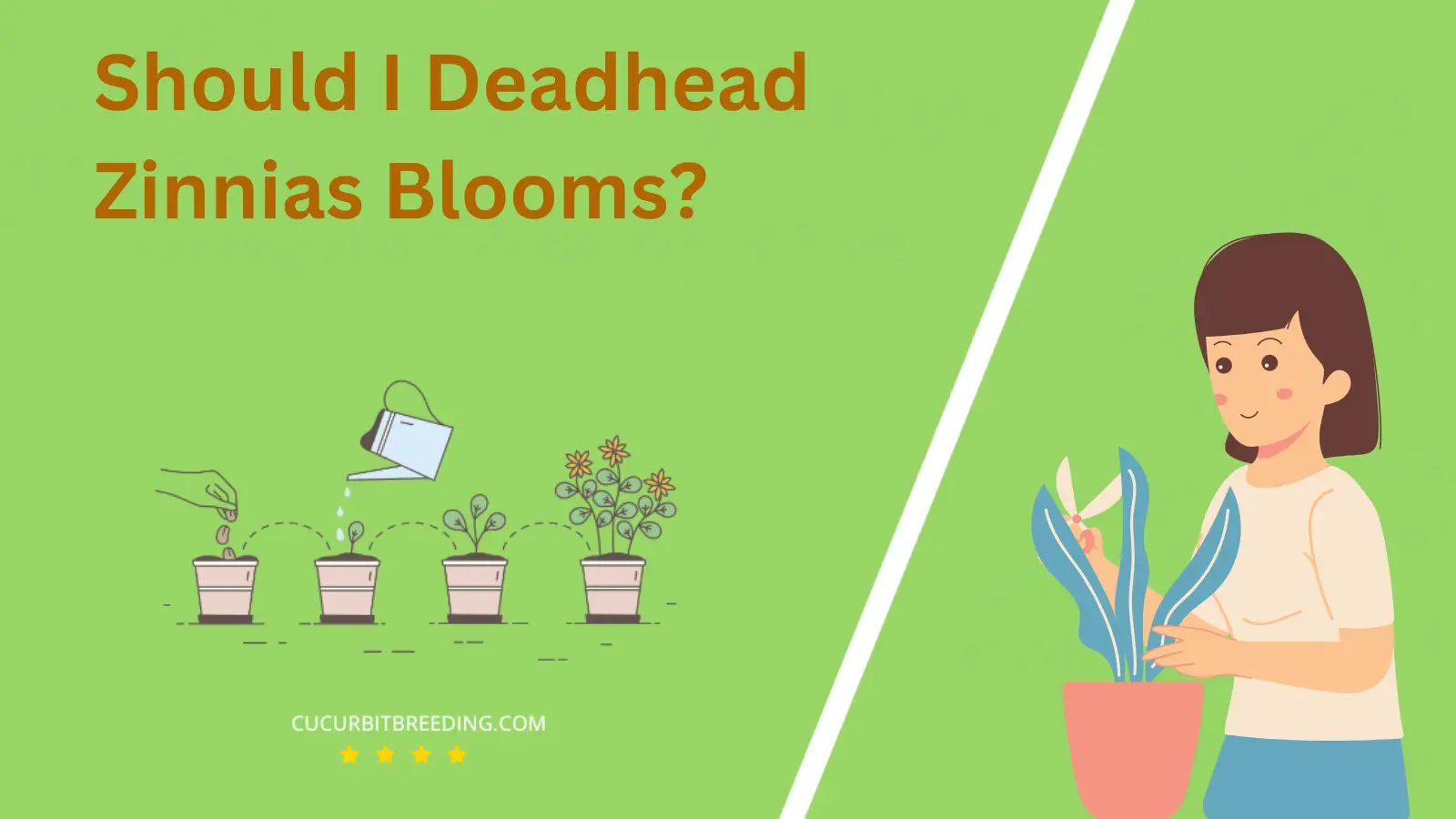
Ever wondered, when do Zinnias bloom? These vibrant flowers are a popular choice for many gardens. But knowing their blooming season could be the key to ensuring they flourish.
So let’s dive into the world of Zinnias, understanding their lifecycle and discovering when you can expect these beautiful blossoms to burst into color.
When Do Zinnias Bloom?
Zinnias typically bloom from late spring to early fall. This is dependent on the climate and whether the seeds have been directly sown into the ground or started indoors. In ideal conditions, Zinnias can bloom as quickly as six weeks after sowing and will continue to bloom heavily until the first frost.
| Stage | Description |
|---|---|
| Germination | Spring (March-April) |
| Growth | Summer (June-August) |
| Blooming | Summer (June to September) |
| Dormancy | Winter (December-February) |
How Long Do Zinnias Bloom?
Zinnias bloom for a long period of time, typically from late spring until the first frost in fall. Depending on the climate and the specific variety, this period can span four to five months. However, in regions with a year-round warm climate, zinnias may bloom throughout the year.
How Light Affects Zinnias Blooms?
Light plays a crucial role in the blooming of Zinnias. These plants require a minimum of six hours of direct sunlight each day for optimum growth and bloom production. In conditions with less light, Zinnias may grow tall and leggy, with fewer blooms. So, for abundant and vibrant Zinnias blooms, ensure they receive plenty of sunlight.
Will Zinnias Bloom in the First Year You Plant Them?
Yes, Zinnias will bloom in the first year you plant them. They are annuals, which means they complete their entire life cycle, from seed to flower, within one growing season. After planting zinnia seeds, they typically begin to bloom in just 6 to 8 weeks.
Will Zinnias Bloom Every Year?
Unlike perennials, Zinnias do not bloom every year. They are annual plants, meaning they complete their life cycle in one growing season. Once they bloom and produce seeds, the plants will die. However, if the seeds are sown or left to fall to the ground, new plants will grow and bloom the following year.

Should I Deadhead Zinnias Blooms?
Yes, you should deadhead Zinnias blooms. Deadheading, or the process of removing faded or dead flowers, helps the plant to focus its energy on producing more blooms rather than seed production. This practice is beneficial for Zinnias as it promotes a longer blooming season, resulting in more vibrant and healthy flowers. You can deadhead Zinnias by using a pair of clean, sharp gardening shears and cutting the stem back to the next bud or leaf.
Top Reasons a Mature Zinnias May Stop Flowering

Zinnias, like many other plants, may stop flowering due to a variety of reasons. Insufficient light is a common reason, as Zinnias need at least six hours of direct sunlight per day to bloom. Another reason is poor soil conditions; Zinnias prefer well-drained soil that’s rich in organic matter.
Improper watering could also be a factor. Zinnias do not like to stay wet for prolonged periods, so overwatering can cause them to stop flowering. On the other hand, lack of water can also stress the plant and affect its blooming ability. Another important factor that might cause a mature Zinnia to stop flowering is lack of nutrients. Plants need a balanced diet to produce flowers, and a deficiency in essential nutrients can lead to reduced flowering.
Lastly, disease or pest infestation can also cause a Zinnia to stop flowering. Common diseases include powdery mildew and bacterial leaf spot, while common pests include aphids and spider mites. These issues can weaken the plant and disrupt its ability to produce flowers.